Let’s start by stating the obvious – 2020 is an odd year by all accounts.
For one, who could have known that we would be swapping hand-washing techniques and preferences this deep into the 21st century?
Yet here we are. In times of a global pandemic, it makes complete sense that everyone is hyperaware of hygiene.
Hand sanitizer has long been a divisive topic. Some swear by it and wouldn’t leave the house without it. Others feel like their hands aren’t washed unless soap and running water are involved.
So Handy, Isn’t It?
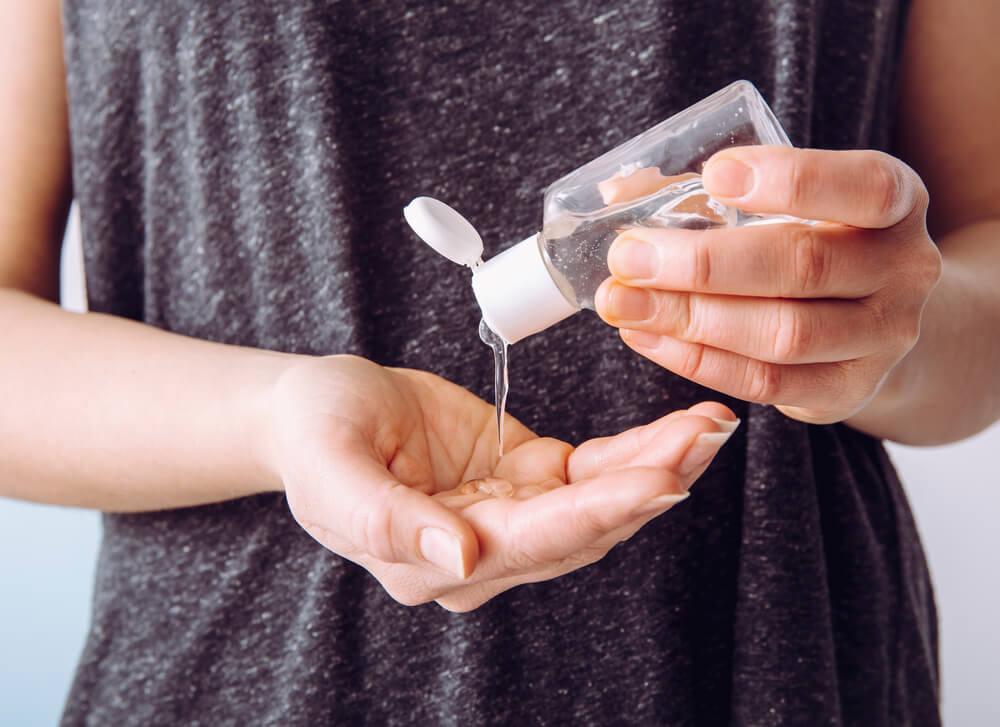
Hand sanitizer has always been considered handy by many – it’s a proper traveling staple for a lot of people. However, its importance increased substantially after we were all urged not to touch our faces at the start of the pandemic. Instead of wearing surgical gloves whenever they are out and about, many people rely on hand sanitizers.
However, much like other things in the time of quarantine (toilet paper, anyone?), store-bought hand sanitizers can be hard to come by. Not only that, but even if you can get your hands on a bottle, you may start wondering what it is that you are slathering all over your hands. How effective is it really in killing germs? And are there any ingredients inside that cause more harm than good?
These are the reasons why many have tried their hand at making their own hand sanitizer. Predictably, however, there are various advantages and disadvantages to DIY hand sanitizer.
What are the benefits of hand sanitizer in general?
In 2009, a study was published that proved that alcohol-based hand sanitizers weren’t a superior option to washing hands with soap and water when it came to viruses. Their efficacy was a little under the efficacy of traditional hand washing. The study concluded that hand sanitizers shouldn’t be used in lieu of washing our hands with soap and running water.
That said, though, not everyone is always able to properly wash their hands. In those situations, having hand sanitizer on hand can be irreplaceable.
And truly, there are many benefits:
- It can be used quickly
- It is widely accessible
- It quickly kills microorganisms
- It reduces bacterial counts.
In many cases, it can even improve the condition of your skin because of its ingredients. It can even irritate your skin less than soap and water if you have to wash them very often.
What are the downsides?
As mentioned, while effective hand sanitizers do help keep your hands germ- and virus-free, they are not a substitute for hand washing. The reason for this is simple: they do nothing to keep the grime off your hands.
Another downside that is often discussed is what excessive use can do to your immune system. Hand sanitizers kill germs – both bad and good. There has been a lot of research looking into what excessive use of this kind of product does for our immunity.
In 2014, the World Health Organization published a report detailing their fears upon discovering the proliferation of antibiotic-resistant bacteria in every corner of the world.
And, as they found, hand sanitizers may have played a big role in this.
How to Make a DIY Hand Sanitizer
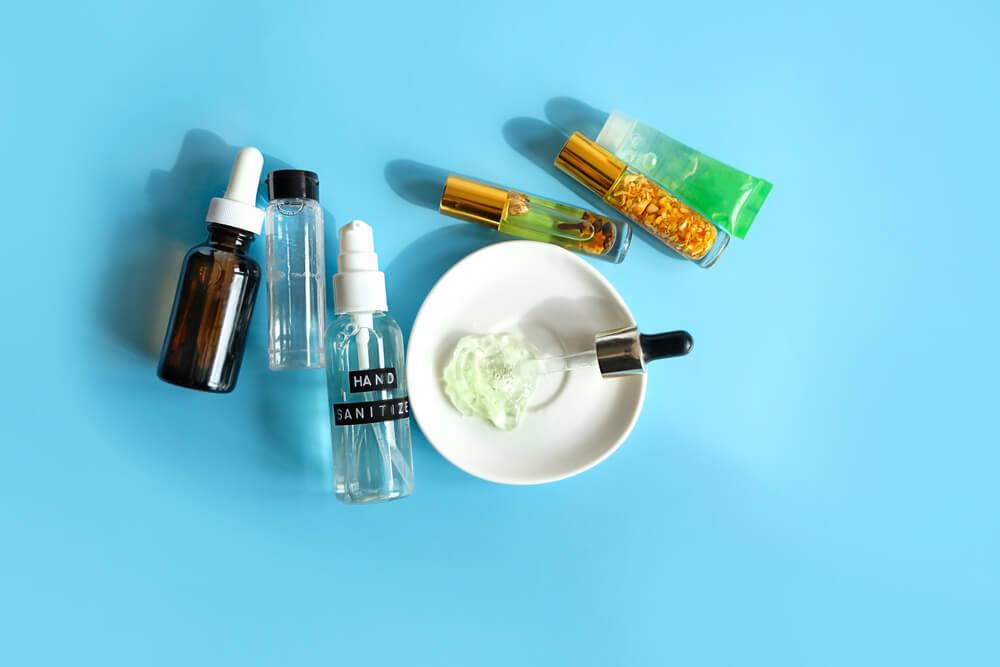
In recent months, a real proliferation of at-home hand sanitizer-making guides has occurred. The World Health Organization has provided a very thorough guide for local production of hand sanitizer.
Here is the basic rule to follow: in order to be effective, your hand sanitizer has to contain at least 60 percent isopropyl alcohol. In order to be extra careful, experts suggest not going lower than 75 percent. Anything lower may not work against certain germs or would merely reduce their number instead of killing them off.
One of the simplest recipes for making a DIY hand sanitizer would be to use the ingredients you probably already have at home. You’ll need isopropyl alcohol, aloe vera gel and an essential oil.
Mix three parts alcohol and one part aloe vera gel. If you are making a cup’s worth, add eight to ten drops of an essential oil for a nice smell. If you really want to hammer the antimicrobial point home, try one of the following oils:
- Cinnamon
- Clove
- Eucalyptus
- Rosemary
- Lavender
- Thyme
- Peppermint
Not only do these oils smell great, but they also have strong antimicrobial properties themselves. The aloe vera gel will be kind to your hands and the alcohol will disinfect them.
Before starting, you need to make sure that all of the instruments you use for making hand sanitizer are properly sanitized and safe themselves. That said, experts suggest letting your hand sanitizer rest for at least 72 hours after you are done. This time will allow the ingredients to kill any bacteria within.
DIY hand Sanitizer: The Pros and Cons
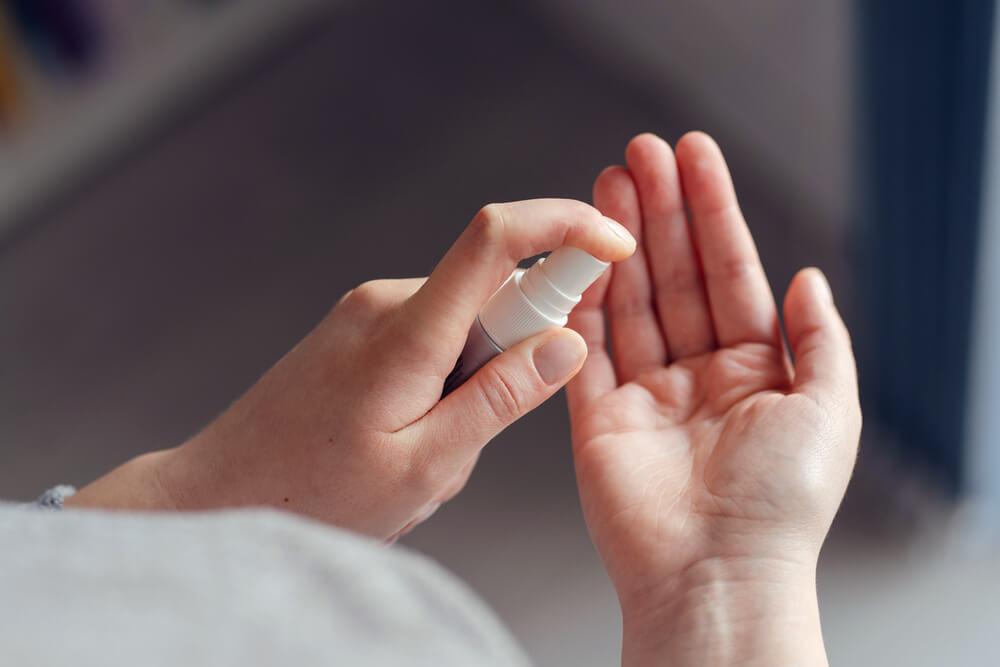
So, now that there is a recipe that seems simple enough and there’s the obvious need for it, should you do it?
Well, that’s the main question, isn’t it?
The Advantages
Efficacy
While there are risks involved and caveats stating you shouldn’t rely too heavily on the use of hand sanitizers, if you manage to get the recipe right, its main advantage is obvious. It kills germs and it will keep you and those around you safe from contracting the coronavirus. This is the whole point, right?
Accessibility
Another advantage of making your own hand sanitizer is that you will no longer be dependent on outside sources. Who cares whether or not your neighborhood shop is stocked as long as you have the ingredients to make your own?
Also, no matter how careful you are, you are bound to find yourself in situations when a hand sanitizer will be indispensable. Even though nothing can replace washing your hands, using a hand sanitizer will buy you some time and peace of mind.
Cost-effectiveness
If you make a big batch of hand sanitizer, you could actually end up saving money. Simply pour it into smaller containers to keep with you when you are on the go. This will save you from having to constantly look for and buy new pocket-sized bottles of hand sanitizer.
This can even be considered environment-friendly. Instead of throwing away all of those plastic bottles, you’ll have your trusty reusable one.
Good for your skin
Many of the recipes you’ll come across will call for using something like aloe vera that will act as a soothing agent for your skin.
If you have been ardently practicing good hygiene by washing your hands for long periods of time and really getting in there with the scrubbing, your hands may be in need of some care. Perhaps they just dry or maybe you even noticed redness or chapping? Soap and hot water would be to blame.
One of the perks of using DIY hand sanitizer is that you are in charge of what goes in it. As long as you are careful to hit the right ratio to make it effective, you can make it as good to your skin as you want. And keeping your skin healthy is important at this time – it is your natural barrier against the virus.
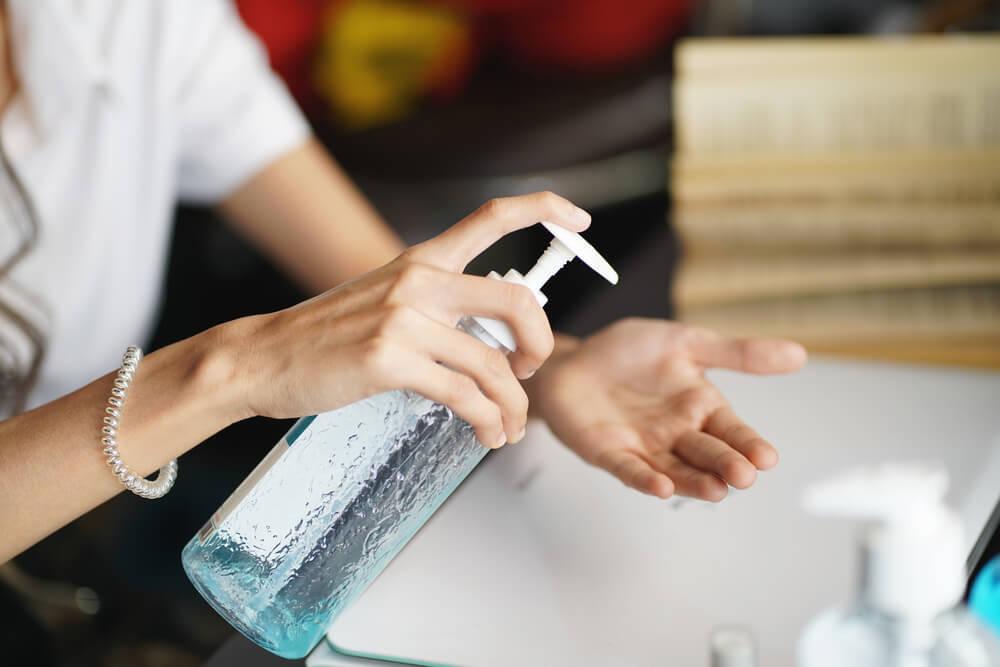
The Disadvantages
Now, while that is all well and good, there are some downsides to making your own hand sanitizer, too. Mainly, there is a big chance that it won’t be the same as the real thing. This can be harmful for a variety of reasons.
Quality control
No matter how hard you try, it is difficult to achieve completely sterile conditions at home.
This is the first impediment to reaching the desired quality. If the tools are not sterile, you could be introducing bacteria, fungi and viruses into the mixture. Not only would the quality then not be satisfactory, but the hand sanitizer could actually cause harm.
But there is another problem area when making DIY hand sanitizer – the ingredients.
Many guides suggest adding essential oils and similar ingredients into the mixture. Experts are afraid this can cause what is called contact sensitization. This is the initial process in the development of an allergic reaction. Hand sanitizers sold in stores go through extensive testing and are thus much safer for wide use. There is a lower chance that your skin will respond negatively to them.
The math
Doing the math when calculating the right ratio for your DIY hand sanitizer can really prove to be a problem. As we mentioned above, health officials maintain that the only mixture that is effective is that containing at least 60 percent alcohol.
Many people make the mistake of taking this to mean that they should use 60 percent alcohol in their mixture. If you do so and dilute it further with aloe vera gel or whatever the recipe calls for, your hand sanitizing mixture is pointless. Not only will it not protect you against the coronavirus, but it won’t keep you safe from any germs either.
As the New York Times writes, if you decide to make the recipe that calls for the two-thirds alcohol/one-third aloe vera ratio, you would have to use at least 91-percent alcohol in order to be at the 60 percent mark for your hand sanitizer. You would have to go even higher in order to get to a more respectable percentage.
Dangers

Many recipes for DIY hand sanitizers are aiming for a gel-like substance as its end product. However, you have probably come across some recipes for sprays as well.
Some of these spray recipes call for the use of substances like hydrogen peroxide. Now, while the 3% hydrogen peroxide typically found in households is pretty safe, you should still tread lightly when using it. Higher concentrations can even cause burns.
Even though household hydrogen peroxide is not usually dangerous, it can still cause some harm. Some people may be sensitive to it and it may cause irritation to their skin or eyes. And a global pandemic is definitely not the time to learn about new sensitivities or allergies if you can avoid it.
Before attempting to make your own homemade hand sanitizer, make sure you have done your research and are very careful with the ingredients the recipe calls for.
Availability
In the end, this whole discussion could be an exercise in futility. Once store-bought hand sanitizer became hard to find, people pounced on buying the ingredients with which they could easily make their own. So those could be hard to get as well.
One might wonder if it is worth it to ransack the stores looking for the right concentration of alcohol only to not be entirely certain their hand sanitizer even does the job.
And remember: vodka and such beverages cannot act as a substitute. You won’t be able to make effective hand sanitizer. On top of that, think of all the vodka martinis you would be wasting!
Alternatives to Hand Sanitizer

As the availability of store-bought hand sanitizers ebbs and flows during the pandemic, you could easily find yourself without it when you need it most. If you think the cons of a DIY hand sanitizer outweigh the pros, there are alternatives you can use.
Like hand sanitizer, none of these options should be used as a substitute for washing your hands with soap and water if you can. But if you are planning to venture into nature for say, a beach picnic, here’s what you can keep on hand to get you out of a bind:
Rinse-Free Handwash
The way this works is as follows: you apply a drop of it to your hands and it melts much like regular hand sanitizer. You massage it into your hands and that’s that! Most of these also work as moisturizers, so there is no risk to your skin at all.
No-Rinse Cleansing Foam
Many of these can actually be used on more than your hands – your whole body and even as shampoo! Most of them are mild and safe to use on children as well.
Anti-Bacterial Hand Wipes
These are the most straightforward of the bunch. You have probably been using them for a long time. Many people even prefer them over hand sanitizers as their hands feel much cleaner afterwards.
Repurposing Household Disinfecting Sprays
While it would be too strong for using on your hands, it might still be a good idea to pour some into a smaller spray bottle to take with you. This way you could disinfect the objects you might need to pick up while you’re out and about.

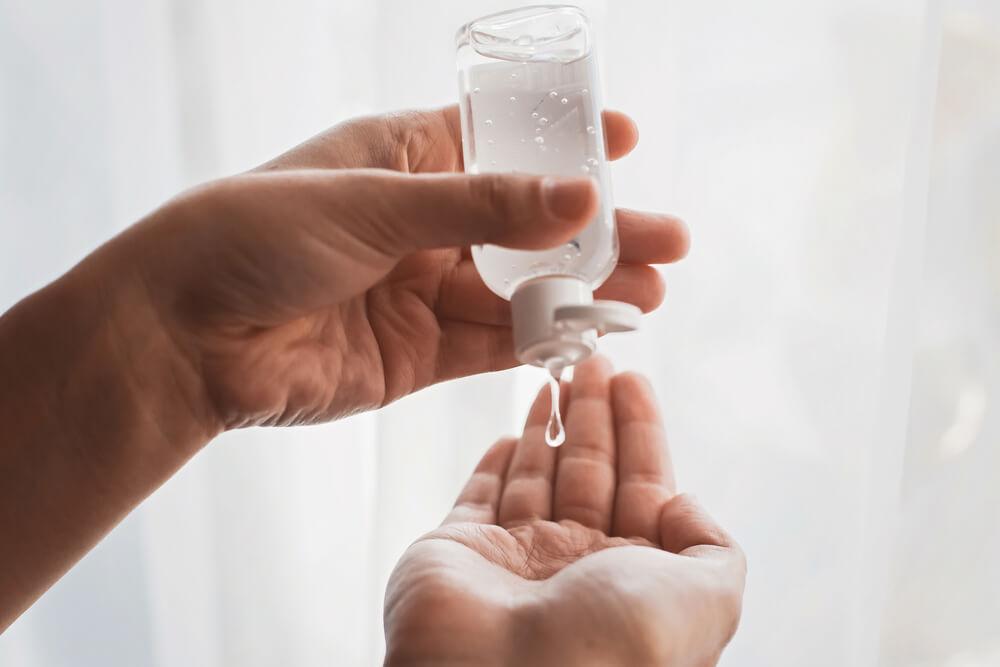




Leave A Comment